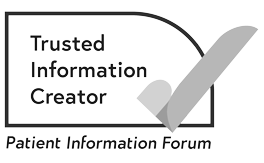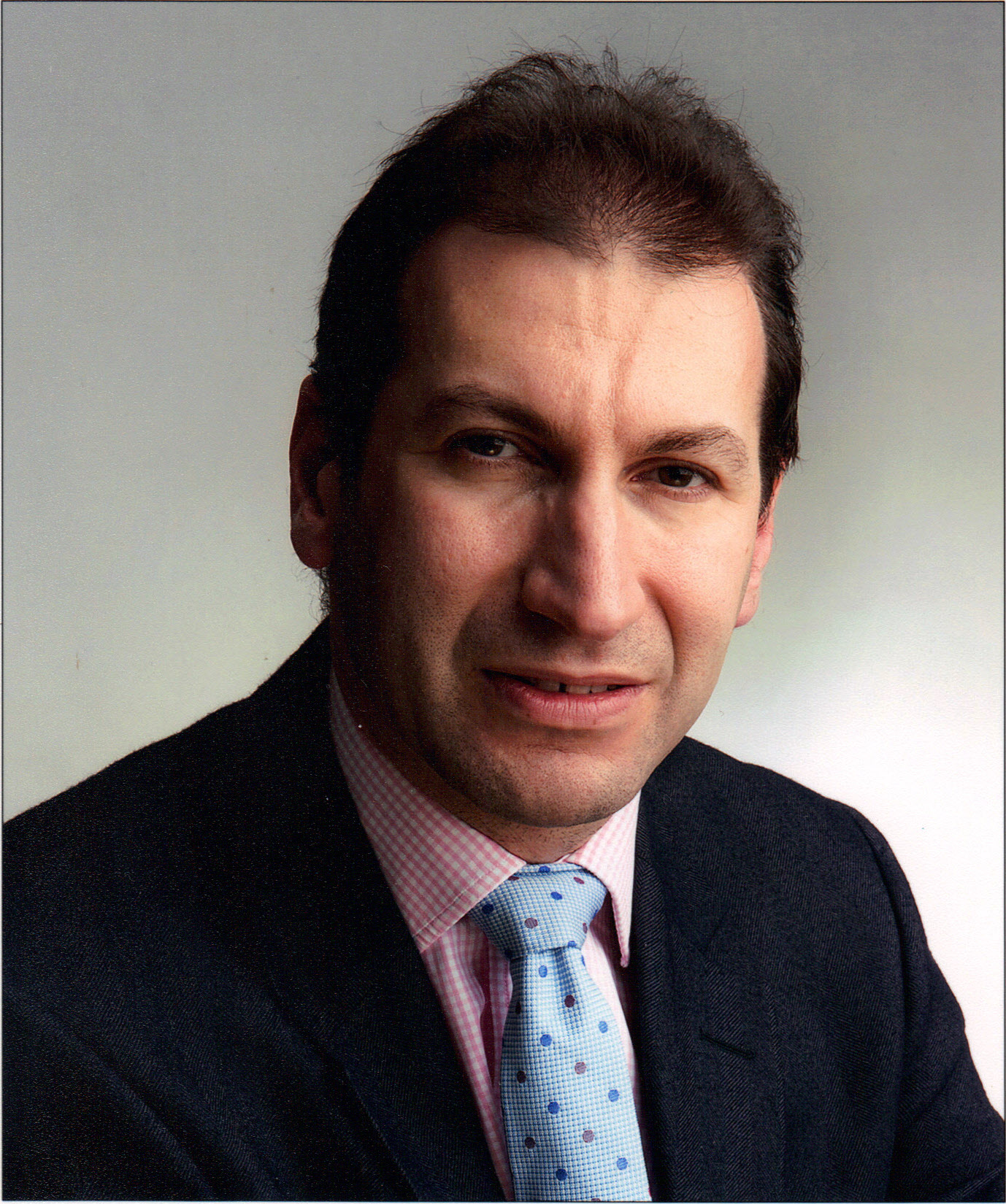ERCP (endoscopic retrograde cholangiopancreatography)
What is an ERCP?
An ERCP can be used to:
- help diagnose cancers, including pancreatic cancer, gallbladder cancer and bile duct cancer
- relieve jaundice and treat conditions such as a blocked bile duct.
During an ERCP, the doctor passes a thin, flexible tube down your throat. This tube is called an endoscope. It has a camera on the end. It passes into the stomach and the first part of the small bowel (duodenum). This allows the doctor to see images of the pancreas and areas close by. They can also take biopsies during an ERCP
Liver and surrounding organs
Before having an ERCP
You should not eat or drink anything for 6 hours before an ERCP. This is so your stomach and the first part of your small bowel are empty. You will have antibiotics before an ERCP. These help prevent infection.
You have an ERCP in the hospital x-ray department. A doctor called an interventional radiologist will do it. You usually have it as a day patient, but some people stay in hospital overnight.
Having an ERCP
The doctor or a nurse will give you a tablet or injection to relax you (a sedative). They also use a local anaesthetic spray to numb your throat. You might have an ERCP under a general anaesthetic. This means you will be asleep.
Your doctor will look down the endoscope. This helps them find the openings where the bile duct and the pancreatic duct drain into the small bowel. They may inject a dye into the ducts. The dye shows up on x-rays. This helps the doctor to see whether there are any abnormal areas or a blockage.
Biopsy
If there are any abnormal areas, your doctor usually takes samples of cells or tissue from the area. This is called a biopsy. It is done by passing a special instrument through the endoscope. The doctor then sends the sample to a laboratory to be examined for cancer cells.
Treating a blockage
If there is a blockage in the bile duct, your doctor may put in a small tube to open the duct. This tube is called a stent. You usually have this done if you have jaundice. A stent can also be used to treat a blockage in the pancreatic duct.
After an ERCP
You can usually go home after you have recovered from the sedative. You will need someone to take you home, and you cannot drive for 24 hours. Your throat might feel sore or your voice might sound hoarse for a day or so. You might also feel bloated. This is because the doctors put air into the abdomen to help them to get better images.
Possible risks of an ERCP
Your doctor or nurse will explain these to you. These complications are not common, but it is important to know about them. They include:
- inflammation of the pancreas (pancreatitis)
- bleeding
- infection
- a hole in the bile duct or bowel wall (perforation).
Contact the hospital straight away if you:
- have severe tummy pain
- are being sick
- have bleeding from the back passage or black stools (poo).
Related pages
About our information
This information has been written, revised and edited by Macmillan Cancer Support’s Cancer Information Development team. It has been reviewed by expert medical and health professionals and people living with cancer.
-
References
Below is a sample of the sources used in our ERCP information. If you would like more information about the sources we use, please contact us at informationproductionteam@macmillan.org.uk
Beaton D, Rutter M, Sharp L, et al. UK ERCP sedation practices, patient comfort and endoscopist characteristics: National Endoscopy Database (NED) analysis on behalf of the JAG and BSG. Frontline Gastroenterology. 2023;14:384-391.
Vogel, A. et al. Biliary tract cancer: ESMO Clinical Practice Guideline for diagnosis, treatment and follow-up. ESMO Annals of Oncology. 2022. 34,2; 127-140. Available at: https://pubmed.ncbi.nlm.nih.gov/36372281/ (accessed March 2023)
Date reviewed

Our cancer information meets the PIF TICK quality mark.
This means it is easy to use, up-to-date and based on the latest evidence. Learn more about how we produce our information.
The language we use
We want everyone affected by cancer to feel our information is written for them.
We want our information to be as clear as possible. To do this, we try to:
- use plain English
- explain medical words
- use short sentences
- use illustrations to explain text
- structure the information clearly
- make sure important points are clear.
We use gender-inclusive language and talk to our readers as ‘you’ so that everyone feels included. Where clinically necessary we use the terms ‘men’ and ‘women’ or ‘male’ and ‘female’. For example, we do so when talking about parts of the body or mentioning statistics or research about who is affected.
You can read more about how we produce our information here.





